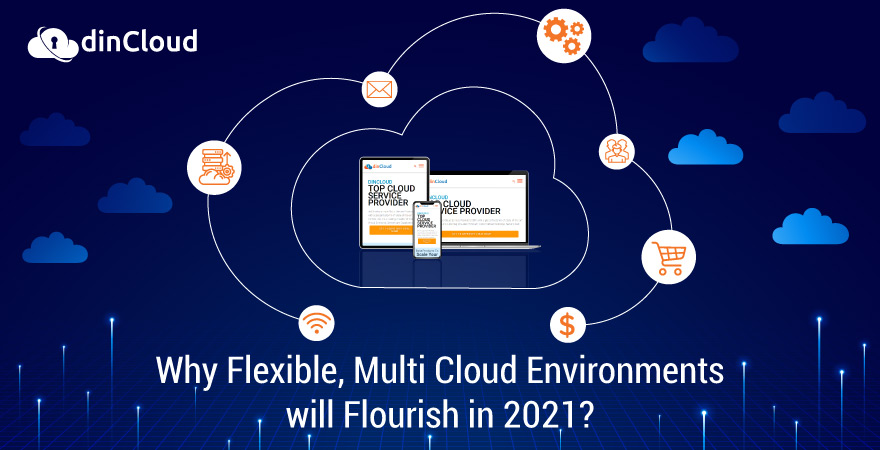IT operations and management have been at the forefront of responding to the disruptive impact of the pandemic. In the context of managing IT operations, flexibility and agility have featured among the top most priorities.
This flexibility and agility that we talk of, is not at all limited to just the customers. Rather, this concept flows beyond customers to duly incorporate employees as well. The preparedness of enterprises for remote work has been essential for business success.

A Paradigm Shift in Consumer Behavior
During the nearly two years of the Covid-19 pandemic, there has been a major shift in consumer behavior. Instead of long term commitments, driven by a purchase once and then use mindset, consumers are drifting towards subscription based models.
This approach is not just limited to software or other IT solutions, rather this concept extends to a lot of other day to day life decisions. The modern day consumer prefers a “rental” model, instead of the ownership model.
Shifting Trends in IT Spending
According to a recent report on the hybrid cloud, it was found that a sizeable 65% of IT decision makers would prefer subscription based pricing models for their IT infrastructure. This largely explains the consistently rising public cloud adoption rates.
International Data Corporation (IDC) has anticipated that by the year 2022, a majority 53% of the total revenue generated by the software industry will come from subscription based pricing models. Cloud Computing solutions fit well into this subscription model as well.
As per a recent study, during the years from 2012 to 2019, subscription based businesses grew as much as five times faster, when compared to retail business models and the companies making up the benchmark S&P 500 index of the US equities market.
Flexible Hybrid Multi Cloud – The Way Forward
The year 2021 has more or less settled the longstanding debate between the public and private cloud. Hybrid multi cloud deployments are turning out to be the sweet spot, offering the best of control, flexibility and agility that enterprises need right now.
A hybrid multi cloud model gives enterprises the flexibility to deploy individual workloads and processes to the Cloud Service Provider (CSP) with the best credentials for pulling those off. Multi cloud environments also tend to give better Business Continuity (BC).
Unlike fully on-premise workloads and environments, it is easier to lift and shift processes between cloud providers, as those applications or processes are already adapted to the Cloud. This in turn also gives better protection to enterprises from vendor lock-in.
Navigating Hybrid and Multi Cloud Security
While the hybrid multi cloud offers a lot of benefits to deploying enterprises, there are un-avoidable security challenges due to the sheer scale and diversity of the environment. To navigate security issues though, enterprises need a holistic approach to security.
In the realm of security, a comprehensive identity and access management mechanism is very important for enterprises. This mechanism acts as the first line of defense against credential theft and un-authorized access to enterprise resources.
Zero Trust Architecture
Hybrid multi cloud security goes way beyond identity and access management. For this, enterprises need to adopt Zero Trust architectures, which negate the presumption of perpetual trust or supra privileged access rights.
Before accessing enterprise resources, whether on-premise or in the cloud, each end user and the endpoint device needs to be authenticated afresh, to confirm whether the user and device are actually who they say they are.
Zero Trust Security architectures also prove instrumental in implementing network segmentation. This has a two folds advantage. Firstly, enterprises can give remote employees access to only the resources which they need to get their jobs done.
Secondly, a segmented network goes a long way in minimizing the impact of a network or data breach, if at all it does happen due to some human lapse or security misconfiguration. A segmented network also enables zero to minimal service downtime.
During the year 2020, which experienced a fast track transition towards remote work, it is estimated that nearly 36 billion records were exposed. This astonishing figure is enough to illustrate how less prepared most enterprises were in terms of their security protocols.
Conclusion
In today’s flexible and agile business environment, hybrid multi cloud environments deliver enterprises the leverage they need to meet and exceed both employee as well as customer expectations in the most effective way.
An agile and flexible IT infrastructure means smaller lead times to develop, implement, debug and optimize solutions that create ease for channel partners or consumers. Owing to the Cloud, enterprises can pull this all off in a quick and cost efficient manner.
Contact dinCloud for top notch cloud solutions that are secure, reliable, scalable and very cost efficient.
For a more hands-on experience, Why Not Get Our 14 Days Free Trial!


